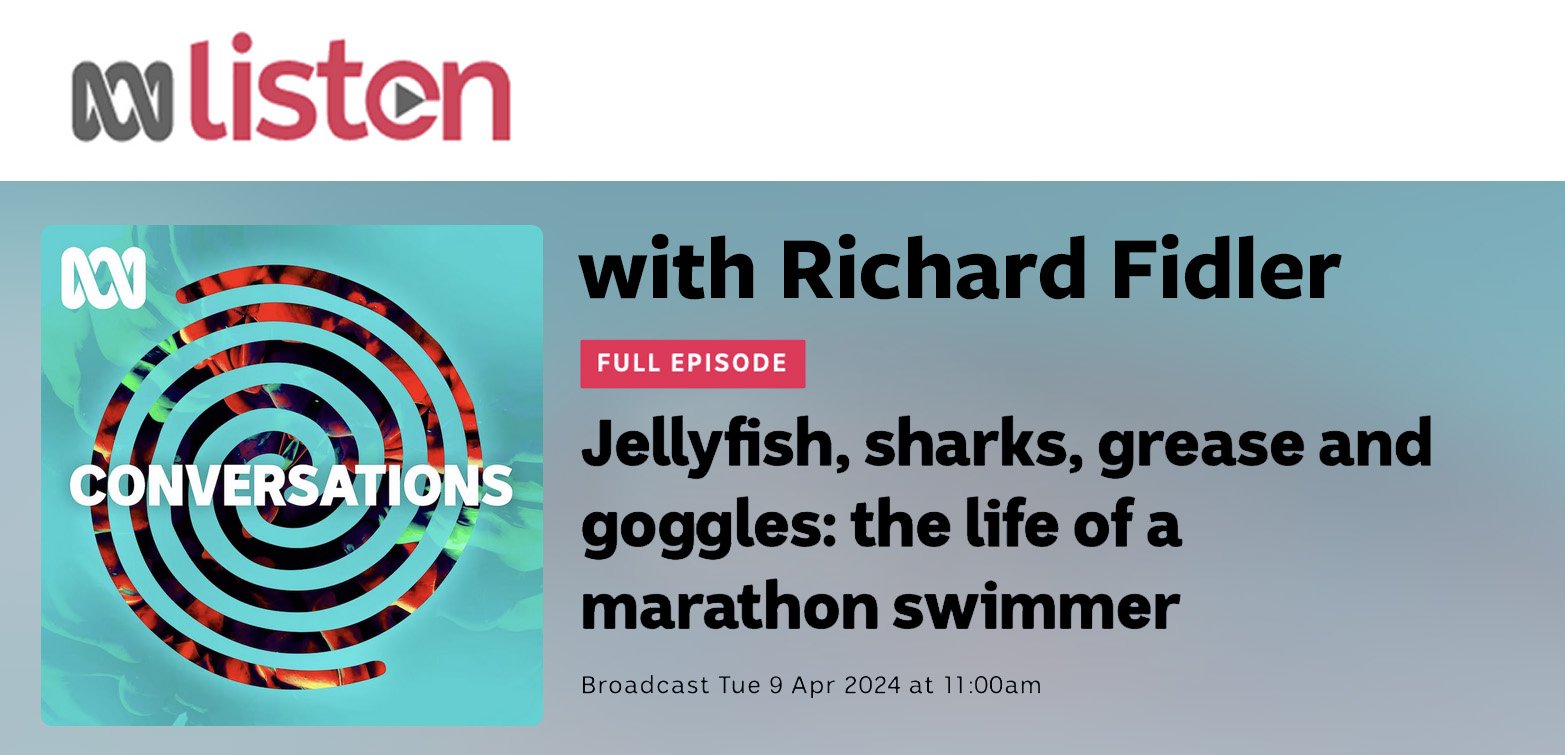THE FIRST PERSON EVER TO HAVE SWUM FROM NEWCASTLE TO SYDNEY
Dean completed the The Sixty-miler on 14 March 2024. Exhausted and stung by swarms of blue bottle jellyfish, Dean made landfall at Palm Beach, a very well-known Sydney metropolitan beach. The swim presented enormous physical and mental challenges for more than 31 hours, but for the 12 crew and courageous swimmer the 60-miler had finally been achieved.
The Sixty-miler is the colloquial name for the ships that were used in the coastal coal trade off New South Wales, Australia. Dean has dedicated this swim in recognition of this trade and the working seafarers who helped to build Sydney and develop the Australian economy. The sixty-milers delivered coal to Sydney Harbour from Newcastle which has now become the largest coal terminal in the world. The name refers to the approximate distance by sea, in nautical miles, from the Hunter River to Sydney. The actual swim distance is not meant to be a literal translation of ‘60 nautical miles’ but taken to it’s limits, the swim can achieve that criteria. The stated objective is to swim out of Newcastle’s Nobbys beach, and swim to Sydney.
This swim had only been attempted twice before, but until now was never completed. The great Australian swimming legend Des Renford took it on in 1981 but abandoned it after his shark cage sank. The second attempt, made by the Australian Swimming icon Susie Maroney in 1999, was also abandoned after the weather deteriorated making it impossible to finish. Dean recognizes that neither Des or Susie had technology that we now all enjoy to help protect us and navigate under the most favourable conditions.
Dean says, “I’m aiming to put this swim on the international open water swim calendar for all endurance swimmers and to showcase our own coastal largely pristine waters.”
Dean chooses to raise funds to support seafarers’ mental health though the great work of Hunterlink EAP. The Sixty-Miler recognizes the world’s 1.3 million merchant seafarers who sacrifice large parts of their lives, often under terrible conditions. Hunterlink is an industry leader in providing world class mental health programs for transport workers and their families. https://hunterlink.org.au/international-seafarers-help/
Dean has raised over $65,000 for seafarers mental health so far.
Dean’s Journal
I have called this swim “The 60-Miler” in recognition of the Australian merchant fleet that ran between Newcastle to Sydney providing coal for the power stations over the last 100 years. I’m an Australian Seafarer and it is appropriate to take this opportunity to acknowledge the hard work and dedication of the Australian Maritime industry in this space. These ships ran from inside of Newcastle Harbour to the inside of Sydney Harbour carrying coal over 60 nautical miles.
Importantly, my stated objective of this swim is to leave Newcastle and arrive in Sydney. After more than 31 hours of swimming and travelling a distance of 95.6 kilometres I made landfall at Sydney’s Palm Beach, creating a new Australian long distance swim record and in doing so achieving my goal.
I started talking about this swim in 2019 and set about to research the only two other attempts I could find. The Australian champion Des Renford tried it in 1981 but had to abandon his attempt after his shark cage sank just off the entrance, achieving only half the distance. It wasn’t until 1999 that Susi Maroney tried the same swim but unfortunately suffered a similar fate when the weather turned very nasty and she was smashed by a southerly storm and had to abandon the swim.
I set about to schedule the swim for February 2022, but a series of terrible events, including Covid, torrential coastal storms and a sickness in the family conspired to force me to postpone. It would have been very easy to let the whole idea slide, but I’m surrounded by very positive people and live in an environment where the ocean is constantly calling.
I set the new date for March 2024, which to some was a surprise, but to those who know me knew it was only a matter of time before we started to plan around this new date. In Australia, of course March is the beginning of autumn, where the waters are still warm, and the winds should’ve hopefully dropped.
The biggest challenge to the swim was the enormous task of logistics. In each of ocean seven swims the logistics have already been sorted out and all you have to do is pay your money (a lot) and the timing and mechanics of the swim would’ve already been worked out for you by the pilots and associations.
On this occasion, I had to draw together a large crew with experts in their own fields and try to focus them on one task, and that was an ocean swim covering two days. What I quickly realised was that the spirit of expedition is alive and well in Australia and almost everybody I contacted was very enthusiastic to become involved. Doug, the owner of a 65 ton steel vessel 'Aurelia' in Newcastle was extraordinarily generous with his maritime skills and resources. He brought along a captain and soon we had the fundamentals of an expedition crew.
I asked another master mariner, Warwick, to be expedition leader and he jumped at the opportunity. This was a master stroke because he was expert in communications with authorities, risk analysis, planning and navigation.
I also needed a medico, 4 kayakers, an on board administrator and nutritionist. My famous Sydney based coach Vlad Mravec served as the official observer. I had the luxury of three shore based support crew who organised cars and landside contingencies. The Coogee community came together with huge encouragement and prepared food donations ensuring the crew ate like kings.
After a year of detailed planning and enormous input, particularly from Warwick and my wife, Kylie, we were all set to go. I swam out of Nobbys Beach in Newcastle to meet up with the 'Aurelia' and my crew. The first kayaker was my daughter Michelle, and I was delighted to see her as the sun was just starting to break over the horizon. We set a SSE course and away we went for the first three hours until it was time to change out kayakers for their routine three hourly shift.
The first 12 hours were happily uneventful, apart from regular blue bottle stings and seeing shivers of stingrays and lots of fish in clear, warm water. I had not been looking forward to the first full night, but to my surprise, it turned into the most beautiful part of the swim. There was about 5% moon, but the night sky was lit up by a very bright Milky Way with no ambient lights to lessen that effect. When the last rays of sunlight were gone, the ocean turned black, and it wasn’t until dusk had completely slid away that I realised I was surrounded by bioluminescence in the water.
With every stroke, in an increasingly calming ocean, the motion of my hands in the water ignited the blue green light show that is bioluminescence. For the next 10 hours I watched tiny sparkles of marine organisms burst into life by the actions of my splash and then gently wash past me, often exploding softly on my goggles. It was truly extraordinary.
Unfortunately, the blue bottles were a constant reminder to not settle into a reassuring and restful rhythm. I doubt that I’d spent one full hour of the 31 without getting stung by bluebottles and often many times in quick succession.
As the second sunrise started to break through, I knew that I was becoming fatigued, although I felt really strong in the shoulders. My mind was starting to become disoriented. I feel I might have become a little grumpy with my kayakers, because I couldn’t work out where I was, or how far I had to go.
I felt the water stirring more than it had overnight, and the stings from blue bottles seem to be getting more frequent. My mouth, throat and inside of my nose had become severely salt burnt, but the sunrise on my back, did help to regain my composure and patience.
At about 9 o’clock a decision was made to turn in towards Palm Beach. I didn’t realise it then, but there was a strong southerly storm brewing and had we not turned into land we risked heading straight into it and risking the swim.
I was still about 16 km from shore at that stage, but it quickly became the toughest part of the swim. I imagined highway crash rails either side of me but still found it difficult to get a straight line into shore. Finally, after more than 31 hours of swimming I was close to the white sands of Palm Beach.
I learned later that the beach was closed due to a dangerous shore break, but there was a lifeguard on a paddleboard who directed me along the line of least resistance. I noticed a lot of fully clothed people standing on the shore which was very unusual and I thought they may have been from a corporate meeting or even perhaps a religious gathering. I became a little annoyed when I watched them all run towards the point where I was to make landfall. It wasn’t until I actually walked clear of the water onto the sand that I realised it was 30 or 40 of my wonderful supporters from Coogee and Newcastle who gave me a hero’s welcome.




















